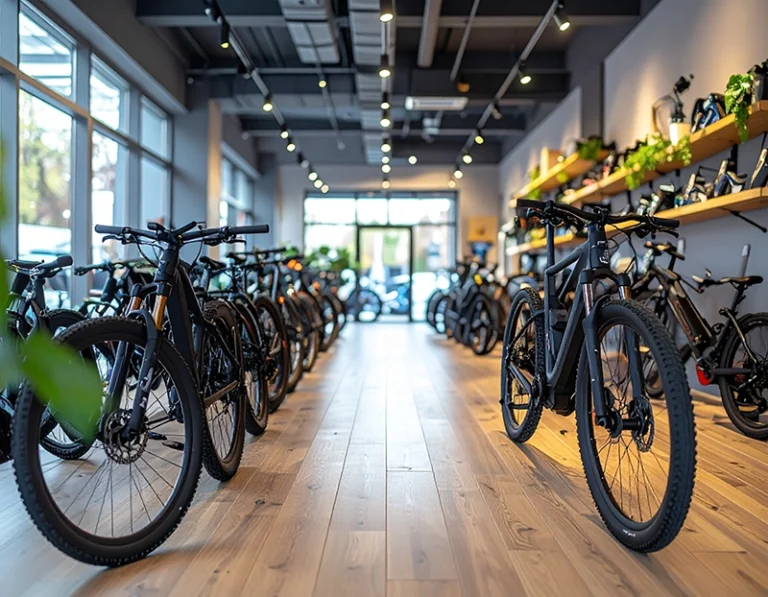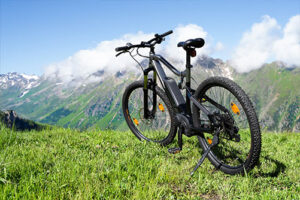5. Test the Brakes—Thoroughly
E-bikes are heavier and faster than traditional bikes, making brake performance critical:
- Test quick stops from various speeds
- Feel for pulsing, squeaking, or sponginess
- Test one-finger braking capability (can you brake effectively with just your index finger?)
- Try stopping on both smooth and rough surfaces if possible
When my friend ignored brake testing on her test ride, she discovered too late that her e-bike required significant upper body strength to stop quickly.
6. Hill Climbing Test
Find a hill—even a small one—and test the bike's climbing ability:
- How easily does it maintain speed uphill?
- Do you need to shift gears frequently?
- Does the motor sound strained?
- Does the bike feel balanced or front/rear heavy?
Mid-drive motors typically perform better on serious hills than hub motors, but this test will reveal the truth for your specific model.
7. Handling and Stability Check
E-bikes handle differently than regular bikes due to their weight distribution:
- Test tight turns at various speeds
- Ride with one hand briefly to check stability
- Navigate around obstacles if possible
- Try riding over small bumps or cracks to feel the shock absorption
I found that bikes with centrally-located batteries typically handle more naturally than those with rear rack batteries.
8. The Noise Test
Electric bikes make noise, but some are significantly quieter than others:
- Listen to the motor at different speeds and power levels
- Note any unusual clicking, whirring, or grinding
- Ask if the noise level is normal for this model
My neighbour's budget e-bike sounds like a small blender when climbing hills—something he never noticed during his indoor test ride.
Post-Ride Analysis
After your ride, take a moment to reflect before making any decisions:
9. Critical Questions to Ask Yourself
Be brutally honest about:
- Did the bike feel intuitive to ride, or were you constantly thinking about how to operate it?
- Would you be comfortable riding this in traffic?
- Does the assistance match your fitness level and riding goals?
- Can you easily operate all controls while riding?
- Will the battery range meet your typical riding needs?
10. Compare Multiple Options
Never test just one e-bike if possible. Even if you're convinced you want a specific model, try at least one alternative for comparison. Different motor systems (Bosch, Shimano, Brose, etc.) have distinctly different "feels" that you might prefer or dislike.
Making the Final Decision
Don't feel pressured to buy immediately after your test ride. Some additional considerations:
- Ask for a longer test ride if you're seriously considering a purchase
- See if the shop offers overnight demos (some do for a small fee)
- Check if your purchase includes a complimentary tune-up after the break-in period
- Inquire about return policies or exchange options
Remember that the perfect e-bike for your friend might be completely wrong for you. Trust your own experience over reviews or recommendations.
The Bottom Line
A thorough test ride takes time—expect to spend at least 30-45 minutes if you're serious about finding the right e-bike. The investment of time upfront can save you thousands of dollars and countless headaches down the road.
What was your most revealing e-bike test ride experience? Share your story in the comments below!







